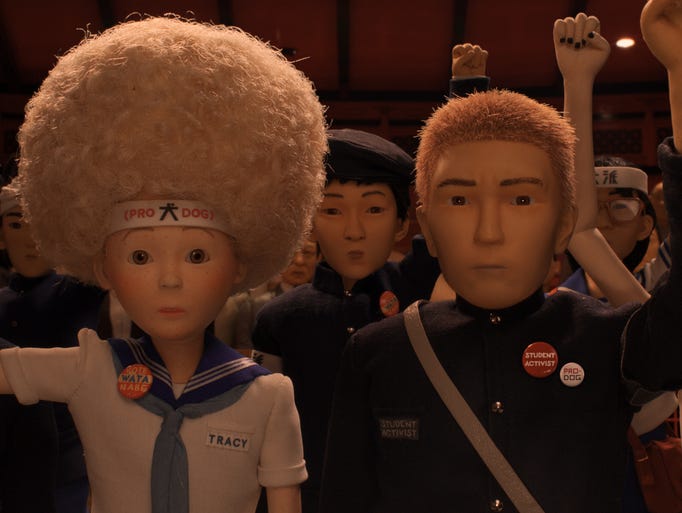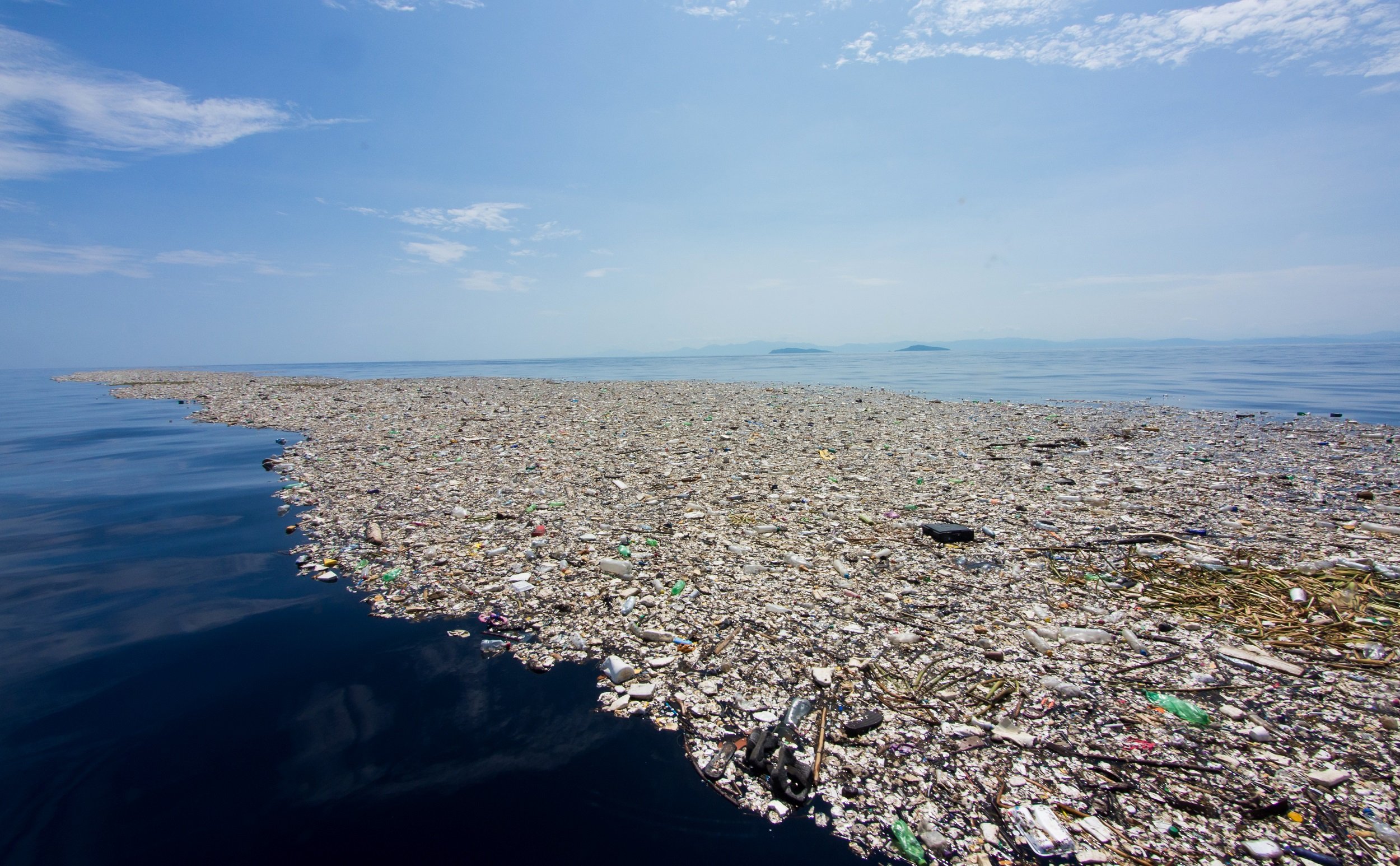
On the surface, Wes Anderson's new stop-motion masterpiece, Isle of Dogs, is a tale about a young boy's attempts to rescue his beloved dog from a garbage wasteland,
along the way he explores the themes of friendship, love, and acceptance. However, under a critical lens, the film displays a much deeper message. Behind all of the cute dogs and the heroic boy, lies hidden commentary regarding political injustice and environmental decay.
In the beginning of the film, the audience is introduced to a dystopian version of Japan, which is a strange juxtaposition of a modern, technologically advanced, capitalist society and a civilization rooted in tradition and folklore. At first, this blended society may cause one to believe the film is entirely an ode to Japan; however, the vague unfamiliarity and futuristic components create a haunting sense of the unknown, as this new and foreign society can be anywhere. Furthermore, Anderson utilizes the strangeness of this alternative setting as a plot device to raise the audience's awareness regarding issues occurring in today's society.
 |
|
|
Throughout the first few scenes, we quickly learn that Mayor Kobayashi has banished all dogs to Trash Island due to the ongoing outbreak of "dog flu" and "snout fever"; however, the mayor's motives are proven suspicious as his political opponent, Professor Watanabe, unveils the cure for the epidemic is ready. Turning a blind eye and spreading hateful rhetoric against the nature of dogs, Mayor Kobayashi is able to coerce the population. One can argue that Mayor Kobayashi is a reference to current political leaders, who bear the same radical ideologies and discourse. Furthermore, the banishment of dogs to Trash Island parallels the forceful migration and alienation of different minority groups that occurs today.
The villainous nature of Mayor Kobayashi is balanced by a young group of student protestors, who fight against the corruption and political injustice of Kobayashi's government. This collection of students is representative of the outpour of youth activists calling for a change and an end to political injustice occurring throughout the world.
Trash, trash, and more trash. The appearance of Trash Island is true to its name, as this island is entirely made up of consumer products. Nestled along the outskirts of town and hidden away from civilization, Anderson provides commentary regarding mass consumption and it's ecological repercussions. The term "trash island" was created far before the movie, as mass piles of waste have begun to form large "trash islands" throughout the oceans.
 |
Anderson's utilization of animation to get these messages is purposeful as the main targeted audiences are children and young adults. By spreading commentary against political corruption and dangers of mass consumption, one can argue that Anderson is subconsciously making young audiences aware, and by default interested in these events. As the age-old saying states, children are the future and through films like Isle of the Dogs, they will become cognizant of what is occurring around the world.




No comments:
Post a Comment